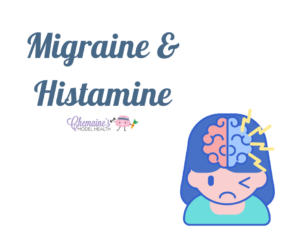Canada Wildfire smoke 101.
Category : Uncategorized
 Canada Wildfire smoke 101 – health support.
Canada Wildfire smoke 101 – health support.
Every year in Canada we experience thousands of wildfires, which unfortunately effects many families, putting them out of their homes. And in some cases losing everything. Our prayers and thoughts are with them each year. The Canadian National Fire Database estimates 8000 wildfires a year.
Of course other parts of the world experience wildfires, but because I live in Alberta Canada, that is primarily where my attention is focused. Regardless this blog is useful to people all across the world who deal with wildfire exposure.
Along with these wildfires comes a ton of smoke and unseen toxic particles in our atmosphere. Many of us feel the effects of this wildfire smoke and recognize that’s what is causing us to experience new or different health symptoms. But also, some people do experience these new or different health symptoms, and don’t connect the dots, that it is in fact the wildfire smoke effecting their body.
Read on here to find out the symptoms you can experience when exposed to wildfire smoke, how the smoke effects our health, and how to support your health. FREE downloadable PDF included.
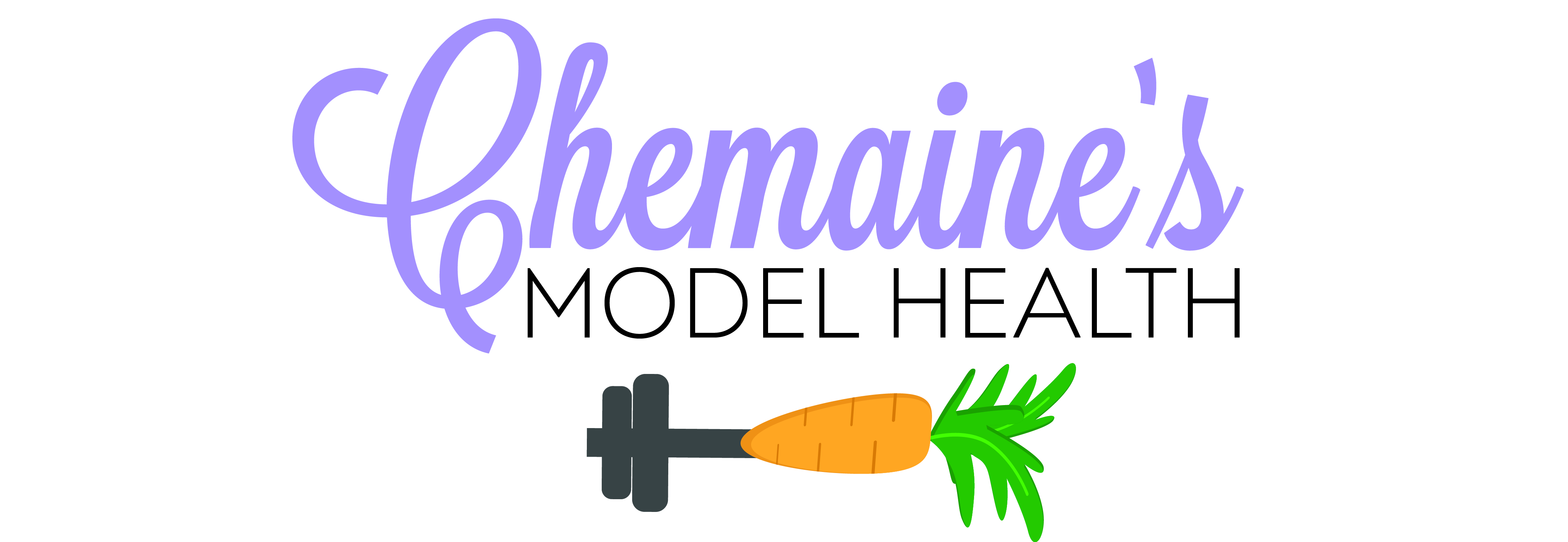

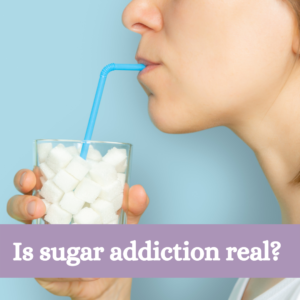
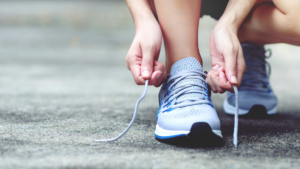
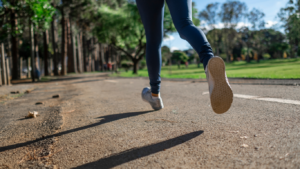 Photo by Canva
Photo by Canva